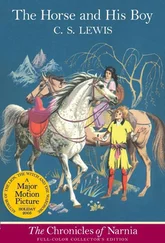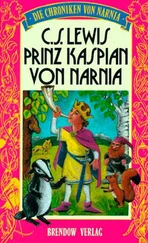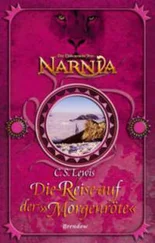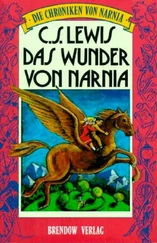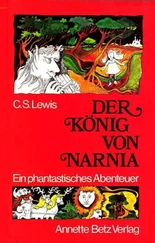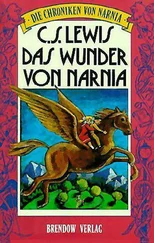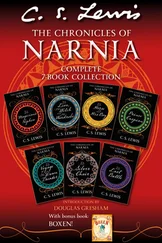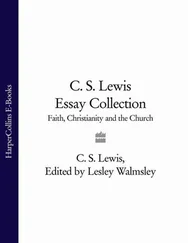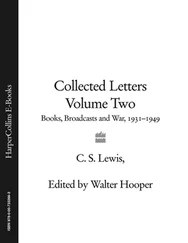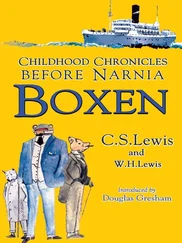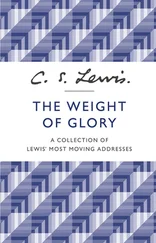78Jean-Paul Sartre, L’Existentialisme est un Humanisme [Existentialism Is a Humanism] (1945).
79On the philosophical theory of Bishop George Berkeley, see CL II, p. 703, n. 21.
80On 3 November 1947 Lewis read a paper to the Socratic Club entitled ‘A First Glance at Sartre’. A brief summary of the paper, which was a critique of Sartre’s L’Existentialisme est un Humanisme , is found in Walter Hooper, ‘Oxford’s Bonny Fighter’, Remembering C. S. Lewis , pp. 160-1.
81In his letter to Dom Bede Griffiths of 5 July 1949 (CL II, pp. 953-4), Lewis mentions hearing the French Catholic philosopher Gabriel Marcel (1889-1973) give a lecture to the Oxford University Socratic Club on 18 February 1948. ‘It is definitely not my philosophy,’ commented Lewis.
82See Marcel’s ‘theism and personal relationships’ in Socratic Digest , No. 4, pp. 78-9.
83In her note to this letter Bodle said: ‘I had received bad and completely unexpected news from home’ (Bodleian Library, MS. Eng. lett. c. 220/4, fol. 247).
84Dr Firor had invited Lewis to spend a holiday with him at his cabin in the Rocky Mountains.
85i.e., his responsibility for taking care of Mrs Moore.
86While Lewis was preparing to spend a fortnight in Ireland with Arthur Greeves during the summer of 1949, Warnie went on a binge and the holiday was cancelled. See the letter to Greeves of 2 July 1949 (CL II, pp. 952-3).
87William Shakespeare, Antony and Cleopatra (1623), V, ii, 87-8.
88George John Romanes (1848-94) was born in Canada and moved with his family to London in 1850. After reading Medicine and Physiology at Gonville and Caius College, Cambridge, he decided to devote his life to scientific research. This led to a lifelong friendship with Charles Darwin. Romanes was, at the same time, a man of strong religious convictions. In 1891 he provided for the Romanes Lectureship, the oldest and most famous of Oxford’s lectures. It is delivered once a year on a subject relating to science, art or literature. See Ethel Romanes, The Life and Letters of George John Romanes (1896). Lewis was asked to deliver the Romanes Lecture at the end of his life.
89Mrs Maude M. McCaslin, wife of Alston Jones McCaslin, was writing from Europa, Mississippi.
90‘The Wood that Time Forgot’ is a novel by Roger Lancelyn Green. Although it was written before The Lion, the Witch and the Wardrobe it remains unpublished because it would seem to owe too much to Lewis’s Lion .
91 BF , p. 233.
92See Arthur Greevesin the Biographical Appendix to CL I, pp. 993-6.
93Matthew 6:28-30; Luke 12:27-8: ‘Consider the lilies how they grow: they toil not, they spin not; and yet I say unto you, that Solomon in all his glory was not arrayed like one of these. If then God so clothe the grass, which is to day in the field, and tomorrow is cast into the oven; how much more will he clothe you, O ye of little faith?’
94See Cecil Harwoodin the Biographical Appendix to CL I (pp. 998-1000).
Harwood, one of Lewis’s oldest friends, was an anthroposophist and a teacher at Michael Hall School, Kidbrooke, Forest Row, East Sussex.
95Virgil, Aeneid , II, 61: ‘prepared for either thing’.
96In SB] , ch. 13, p. 155, Harwood is described as ‘a pillar of Michael Hall’.
97The Bellman was the captain of the ship in Lewis Carroll’s The Hunting of the Snark (1876). In Fit the Second, stanzas 5-8, the Bellman persuades his crew that a blank sheet of paper makes an ideal chart of the open sea. ‘This was charming, no doubt: but they shortly found out/That the Captain they trusted so well/Had only one notion for crossing the ocean,/And that was to tingle his bell./…And the Bellman, perplexed and distressed,/Said he had hoped, at least, when the wind blew due East,/That the ship would not travel due West!’
98Harwood had written to tell Lewis that his wife, Daphne, was dying of cancer.
99Lewis had published a poem, ‘As One Oldster to Another’ under the pseudonym ‘N.W.’ in Punch , CCXVLII (15 March 1950), p. 295. Mr Dixey wrote to compliment him on his use of Alcaics, a four-line stanza using a predominantly dactylic metre named after the Greek poet, Alcaeus. A slightly revised version of the poem appears in Poems (1974) and CP .
100Ernest H. Shepard (1879-1976), a cartoonist for Punch , illustrated ‘As One Oldster to Another’ and other of Lewis’s poems. Shepard also illustrated all A. A. Milne’s Winnie the Pooh books.
101In 1942 Lewis had Owen Barfield set up a charitable trust into which Lewis directed all his royalties. It was named ‘Agapony’ ‘or ‘Agapargyry’ or ‘The Agapargyrometer’ = love + money. The money was available for whoever might be in need, with preference given to widows and orphans. For details see CL II, p. 483.
102While protecting Lewis’s confidentiality, Barfield devoted a chapter to the Agapony in his book This Ever Diverse Pair (1950).
103Harwood had written to say that he had received some money from the Agapony fund.
104See Stella Aldwinckle, founder of the Socratic Club, in the Biographical Appendix.
105As president of the Oxford University Socratic Club, Lewis was suggesting in his letter to Aldwinckle a list of people she might ask to speak at the club, along with possible topics.
106Gilbert Ryle (1900-76), philosopher, was Waynflete Professor of Metaphysical Philosophy and Fellow of Magdalen College, Oxford, 1945-68.
107Henry Habberley Price (1899-1984), philosopher, was educated at Winchester College and New College, Oxford, where he took a First in Classics in 1921. In 1924 he was elected a Fellow and lecturer in Philosophy at Trinity College, Oxford, where he remained until 1935. In that year he was elected Wykeham Professor of Logic and moved to New College where he remained until his retirement in 1959. He was a frequent speaker at the Socratic Club. See his biography in the Oxford DNB .
108i.e., an admirer of Jean-Paul Sartre.
109Francis Joseph ‘Frank’ Sheed (1897-1981), publisher and author, was born in Sydney, Australia, and read law at Sydney University, taking his BA in 1917. In 1920 he went to London where he came across the recently formed Catholic Evidence Guild, devoted to out-of-doors speaking to explain the teaching of the Roman Catholic Church. He was bowled over by the excitement of the Guild’s task, and he joined. There he met Mary ‘Maisie’ Josephine Ward (1889-1975), and they were married in 1926. That same year Frank and Maisie founded a publishing firm, Sheed and Ward. In 1933 they opened an office in New York, through which Sheed and Ward became the most influential Catholic publisher in the English-speaking world. Maisie died on 28 January 1975 and Frank on 20 November 1981.
110Christopher Dawson (1889-1970), cultural historian, was born at Hay, Brecknockshire, on 12 October 1889 and educated at Winchester College and Trinity College, Oxford, taking his degree in 1911. He had sufficient means to be able to follow his own highly original path of historical research and reflection. His first book, The Age of the Gods (1928), was the result of fourteeen years of research. His second, Progress and Religion (1929), articulated the major theme of his subsequent writings, that religion is the dynamic of all social culture. The Making of Europe (1932) discussed a specific case of this, showing that the ‘dark ages’ were in fact the most creative period in the culture of the Western world. Dawson developed the topic further in his Gifford Lectures for Edinburgh University, Religion and Culture (1948), about which Lewis wrote to him on 27 September 1948 (see Supplement). Dawson became a Roman Catholic shortly after going down from Oxford and was an influential member of the group of writers which formed around the Catholic publishing house of Sheed and Ward. Dawson’s achievements were mainly overlooked by the academic world. He was eventually offered a chair in the United States at Harvard where he was Professor of Roman Catholic Studies, 1958-62. He died on 25 May 1970.
Читать дальше

